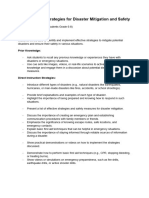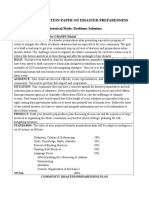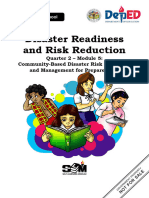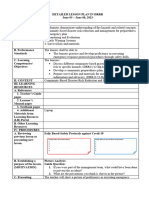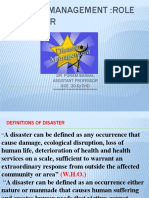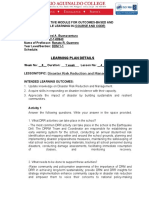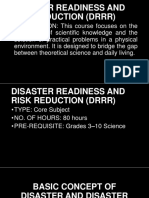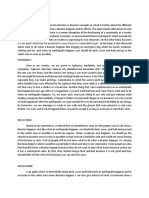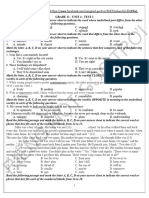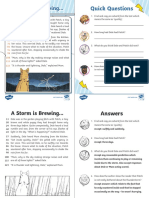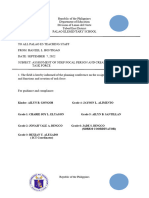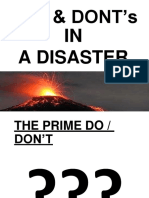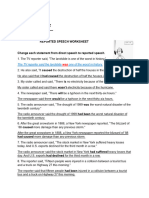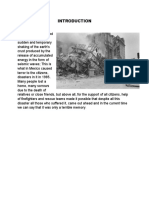0% found this document useful (0 votes)
38 views7 pagesLesson Plan
The document outlines a lesson plan focused on disaster risk management, emphasizing the importance of community preparedness and response strategies. Students will engage in various activities, including creating emergency response plans and safety posters, to deepen their understanding of disaster management concepts. Assessment rubrics are provided to evaluate the completeness, feasibility, and presentation of their plans and projects.
Uploaded by
Urbano Reyanmark G.Copyright
© © All Rights Reserved
We take content rights seriously. If you suspect this is your content, claim it here.
Available Formats
Download as DOCX, PDF, TXT or read online on Scribd
0% found this document useful (0 votes)
38 views7 pagesLesson Plan
The document outlines a lesson plan focused on disaster risk management, emphasizing the importance of community preparedness and response strategies. Students will engage in various activities, including creating emergency response plans and safety posters, to deepen their understanding of disaster management concepts. Assessment rubrics are provided to evaluate the completeness, feasibility, and presentation of their plans and projects.
Uploaded by
Urbano Reyanmark G.Copyright
© © All Rights Reserved
We take content rights seriously. If you suspect this is your content, claim it here.
Available Formats
Download as DOCX, PDF, TXT or read online on Scribd
/ 7












